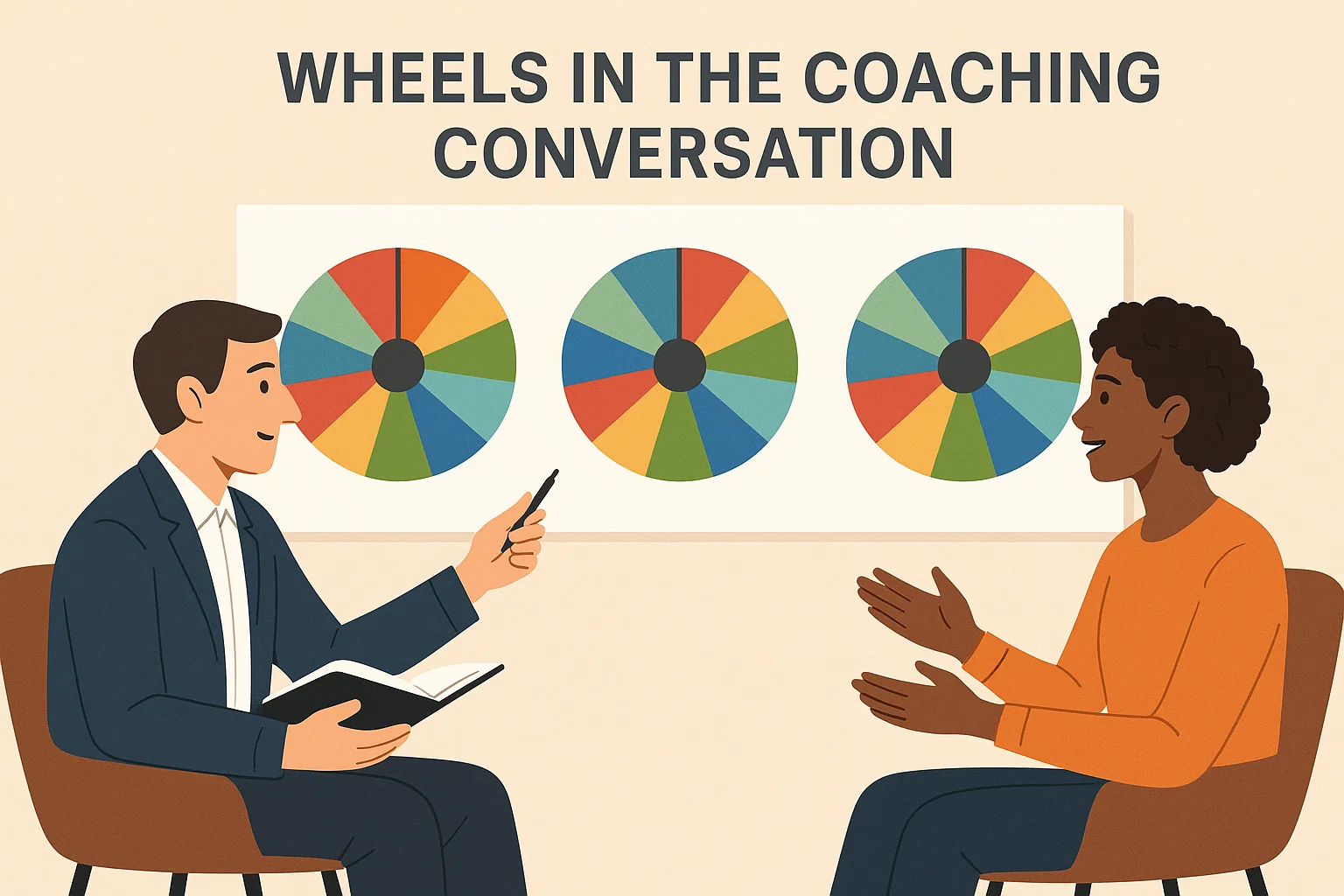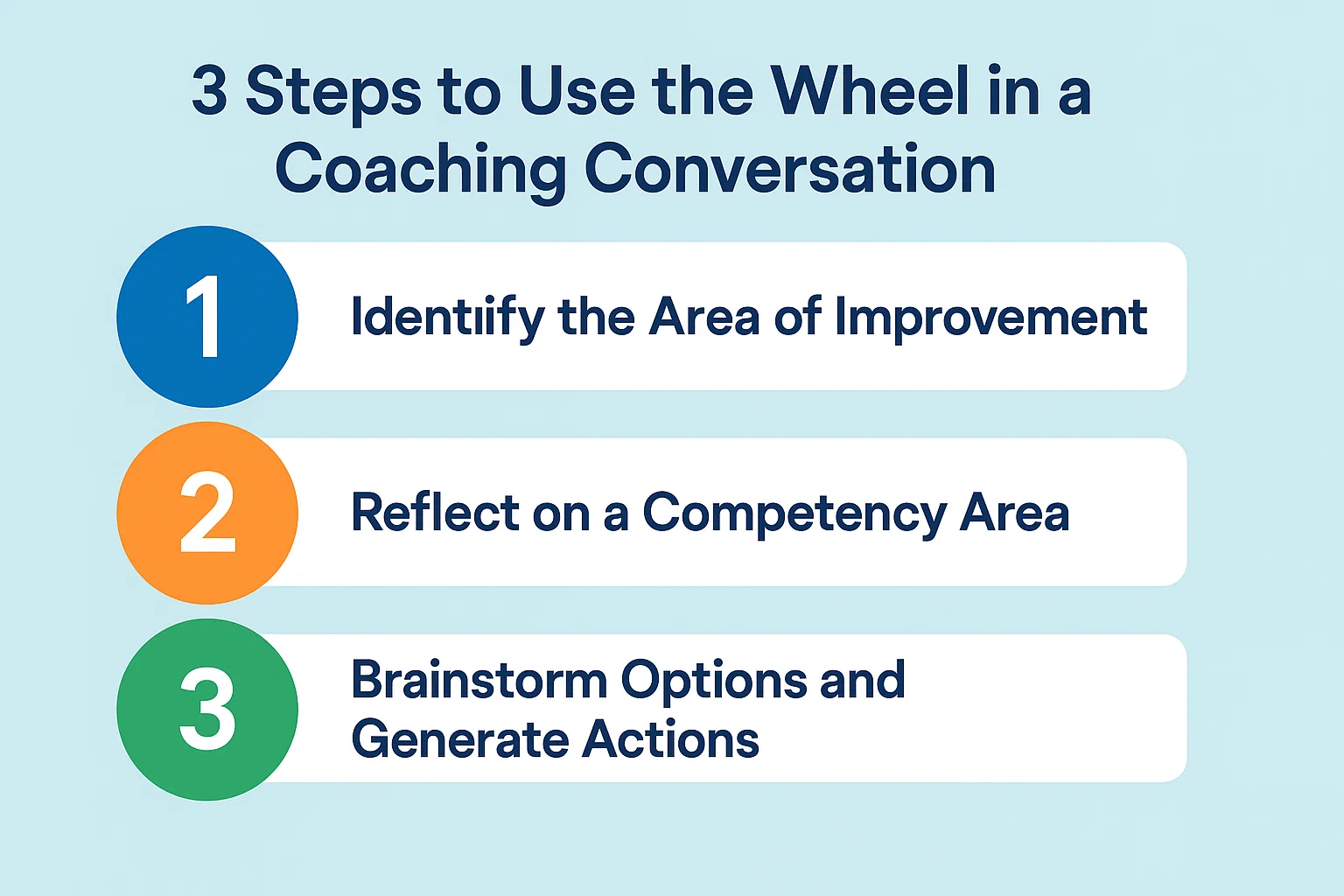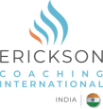Wheels in the Coaching Conversation

The wheel of life is a coaching and personal growth tool that should not be underestimated. It has existed for more than a thousand years. The modern Wheel of Life was founded by Paul Meyer, a pioneer in the life coaching and self-improvement industry, and is based on “The Reflection Wheel,” which dates back to Buddhism. With the six categories of Family and Home, Financial and Career, Mental and Education, Physical and Health, Social and Cultural, Spiritual, and Ethical, the original Wheel of Life by Paul Meyer focuses on goal-setting and action planning.
This article explains the advantages of using the wheel of life assessment in coaching, as well as how to get the best out of it while working with clients. It's easy to lose track of your clients' lives when they're overworked and concentrated on a single project that consumes all of their resources. In these circumstances, it can be difficult for them to devote sufficient time to all other aspects of their lives. Life's wheel can quickly become unbalanced. We must ensure that we do not ignore those aspects of our lives in order to maximize our potential and have a "wheel of a balanced life."
The target wheel is another name for the wheel of life appraisal, which will help your clients explain their status quo, recognize overlooked aspects of their lives, and set goals. It's a fantastic client exploration tool that any professional coach should have in their toolbox.
Why do we use wheels in the coaching conversation?

One of the most effective techniques of life coaching is the Wheel of Life. Adaptability is one of its main assets; the wheel can easily be customized to the needs of the customer (Byrne, 2005). It can be used in sessions or on its own until it's finished to:
- Build trust — between the client and the coach so that personal problems can be discussed.
- Make a mental picture — of overall happiness.
- Prioritize and establish goals — in accordance with client evaluations and client–coach reviews
- Demonstrate coaching success — in order to determine what worked well and what needs additional attention.
- Conduct a check-in — either during or after a session — to ascertain your current position.
- Recognize difficulties — permanent or temporary — and sources of stress
- Begin the session — either individually or in a group setting.
- Evaluate the client's short- and long-term goals and determine if they contribute to greater life satisfaction.
The wheel is an ancient and influential symbol that is deeply ingrained in the human psyche. It connotes motion, the life cycle, transition, the ability to direct our lives, balance, sustenance, and more. This symbolism, we believe, is ingrained in our minds.
We also accept that the wheel is a client favourite because it provides a helicopter view of one's life in a moment. This expertise enables people to determine which aspects of their lives feel good - and which need improvement. This is very motivating! It also helps our clients to make different decisions about how they spend their time and resources in order to live a more fulfilling life.
3 Steps to Use the Wheel in a Coaching Conversation
1. Identify the area of improvement
With a colleague or peer, go over each of the competency areas. Utilize the information provided below to develop a high-level understanding of each area. It's worth noting that you can't improve everything at once; instead, pick one area to focus on and work diligently on it.
Decide which areas of your life are the most critical, based on the graph above, or add anything that you consider non-negotiable. You can draw a circle or, if you're more of a list person, list the categories. Additionally, you can choose an accountability partner during this step. It can be anyone who is close enough to you that you feel comfortable sharing your thoughts, ideas, and progress with them.
2. Reflect on a Competency Area
For each element within the competency area, go through the guidance and assess your own competency against the 5 levels of assessment. Some people will sell themselves short, others will overestimate their competence, so try to be consistent. Once you’ve completed this section, ask a peer what they think about your ratings.
3. Brainstorm Options and Generate Actions
Utilize the wheel and its guidance to generate growth ideas. Utilize the findings from this activity to develop a strategy for achieving the desired growth.
Evaluate all of your acquired knowledge. Now, apply this to the future: how can these lessons assist you in realizing your dreams, and what steps can you take to accomplish your goals? By the end of the exercise, you should have an honest self-reflection on the previous years, an assessment of your current situation, and a lineup of your future plans.
How does Brain Respond to Creativity in the Coaching Conversation
Effective coaching integrates right and left brain abilities to foster whole brain thinking in both the client and coach. Daniel Pink defines right brain characteristics such as creativity, innovation, empathy, and meaning as the emerging skills of the future in A Whole New Mind. While left brain skills can be outsourced or performed more quickly by a computer, right brain skills are difficult to automate.
Numerous studies and practical experience have established that humans use both hemispheres of the brain in nearly every task and that the left and right brain functions complement one another. The left hemisphere of the brain is linear, logical, analytical, and verbal, and is concerned with concrete facts and details. The right is nonlinear, intuitive, holistic, and visual in nature, and is concerned with imagination, emotion, and design. While the left brain is responsible for processing facts, research, and memory, the right brain is responsible for the more intangible resources of intuition, emotion, meaning, and synthesis. The left brain is more focused on specifics, whereas the right brain is more open to possibilities. In the majority of people, left or right brain skills tend to dominate thinking processes, despite the fact that each side is brilliant at what it does.
When a client seeks the services of a life coach, it is frequently to develop personal resources, accomplish specific goals, or increase life satisfaction. The client may wish to gain a new perspective on current reality or to create something new in the future. Experiencing something new necessitates a shift in perspective. Because thinking determines choices and behaviour, and thus the outcome, the most effective coaching tools encourage clients to explore, expand, and embrace new possibilities and perspectives. The coach can assist the client in accessing inner resources by first determining whether left or right brain processing is dominant in their thinking.
While the left brain's logic, structure, facts, analysis, and details are necessary, they do not take the individual beyond where they have already been. The left brain's predisposition toward rules, discipline, predictability, and order persists in familiar structures and routines. When presented with a question, the left brain mechanically seeks the correct answer from what is already known, much like a computer. The right brain functions enable the novel or unfamiliar to be explored unidentified. It can consider numerous answers through new perspectives that connect old and new, thereby mapping new territories in the mind that remain available for future use and expansion.
The Wheel of Life is an excellent tool for assisting you in achieving greater life balance. It enables you to quickly and graphically identify areas in your life to which you wish to devote additional energy, as well as areas in which you wish to cut back. This is your opportunity to channel your knowledge and desire for a more balanced life into a positive action plan.
Frequently Asked Questions
What are “wheels” in coaching conversations?
Wheels, like the Wheel of Life, are tools to assess and balance key life or work areas.
Why are wheels important in coaching?
They provide a visual framework to identify goals and track progress effectively.
How does xMonks use wheels in coaching?
xMonks integrates tools like the Wheel of Life in TASC to guide client conversations.
Who benefits from using wheels in coaching?
Coaches and clients seeking clarity and structure in personal or professional growth.
How can I learn to use coaching wheels?
Join xMonks’ ICF-accredited programs to master tools for impactful conversations.




.png)